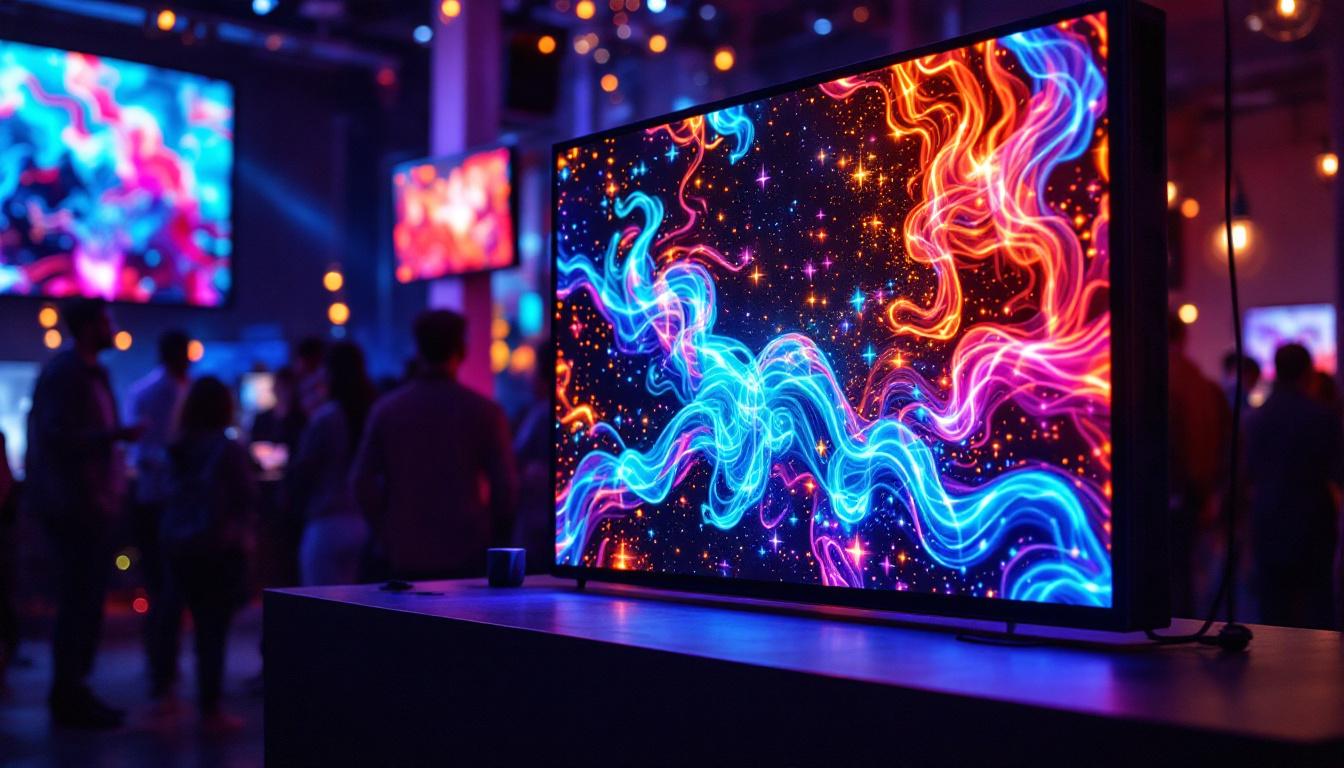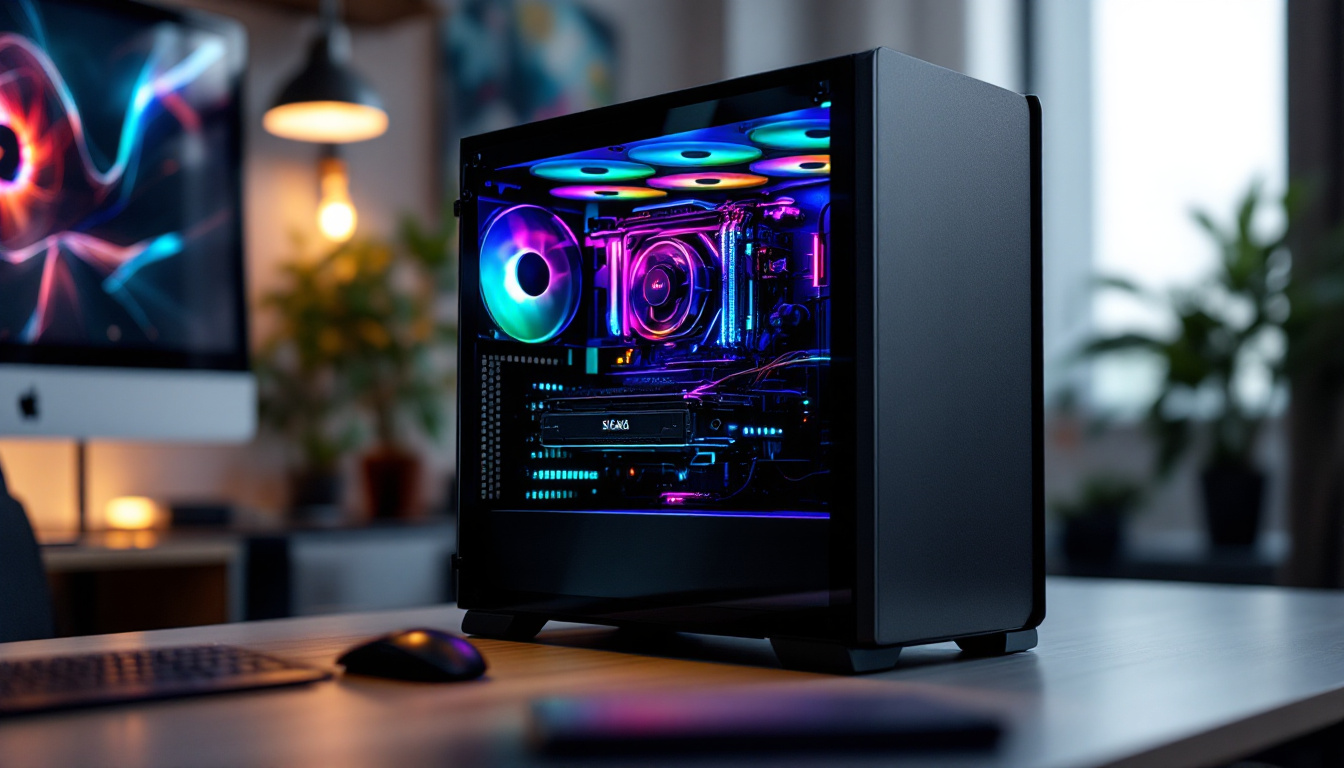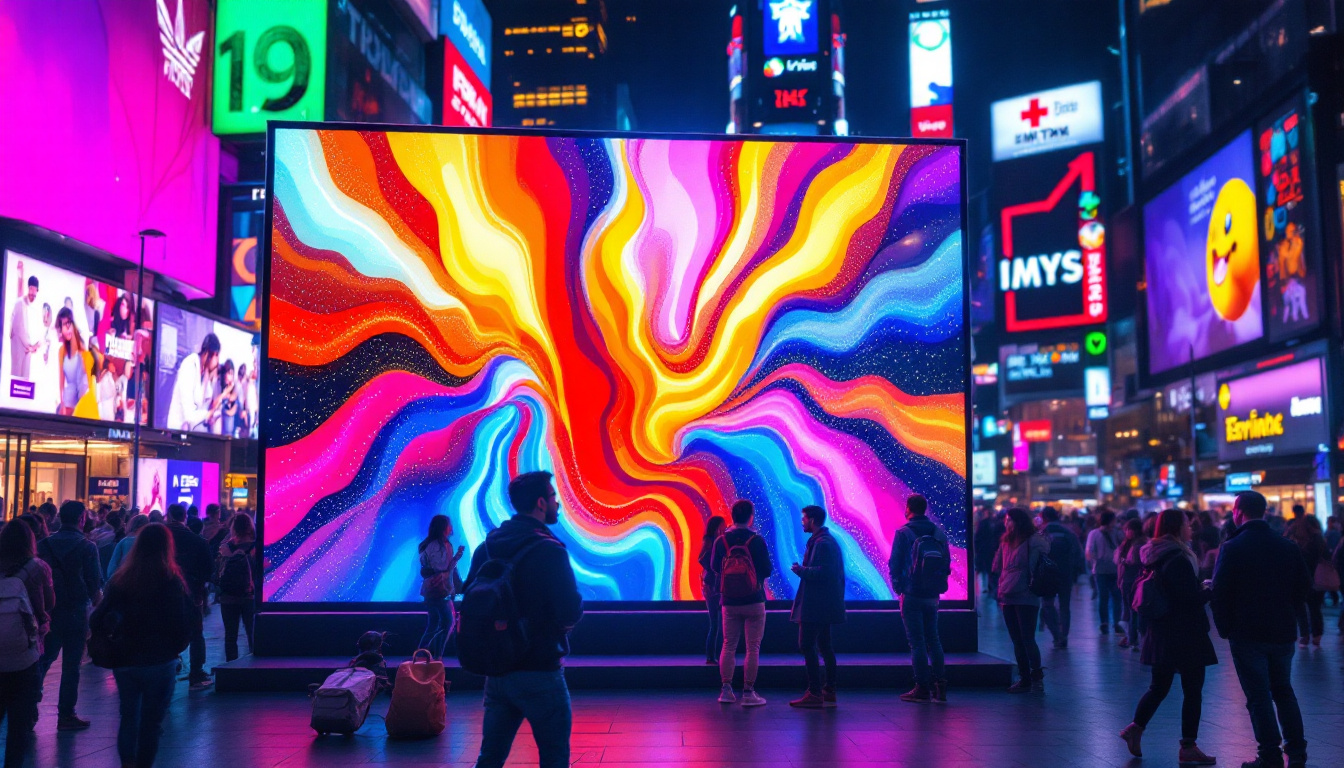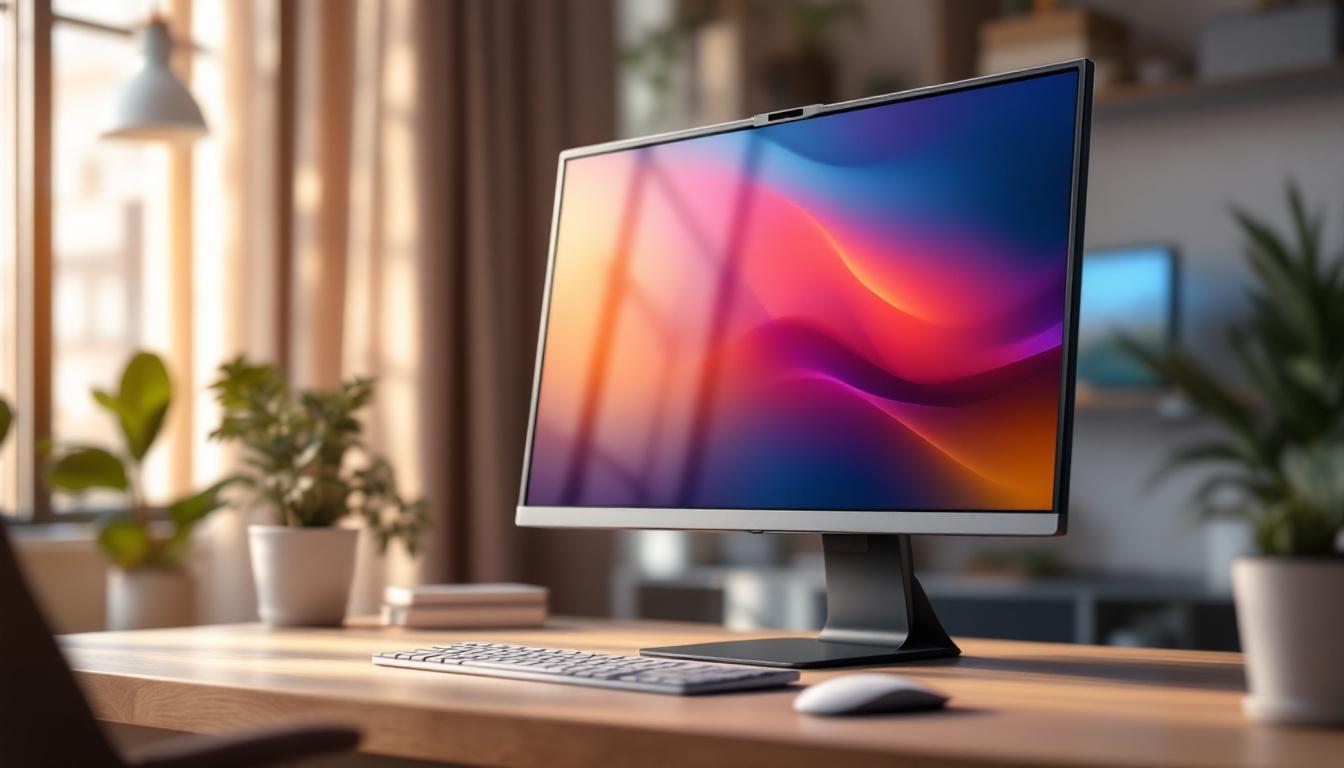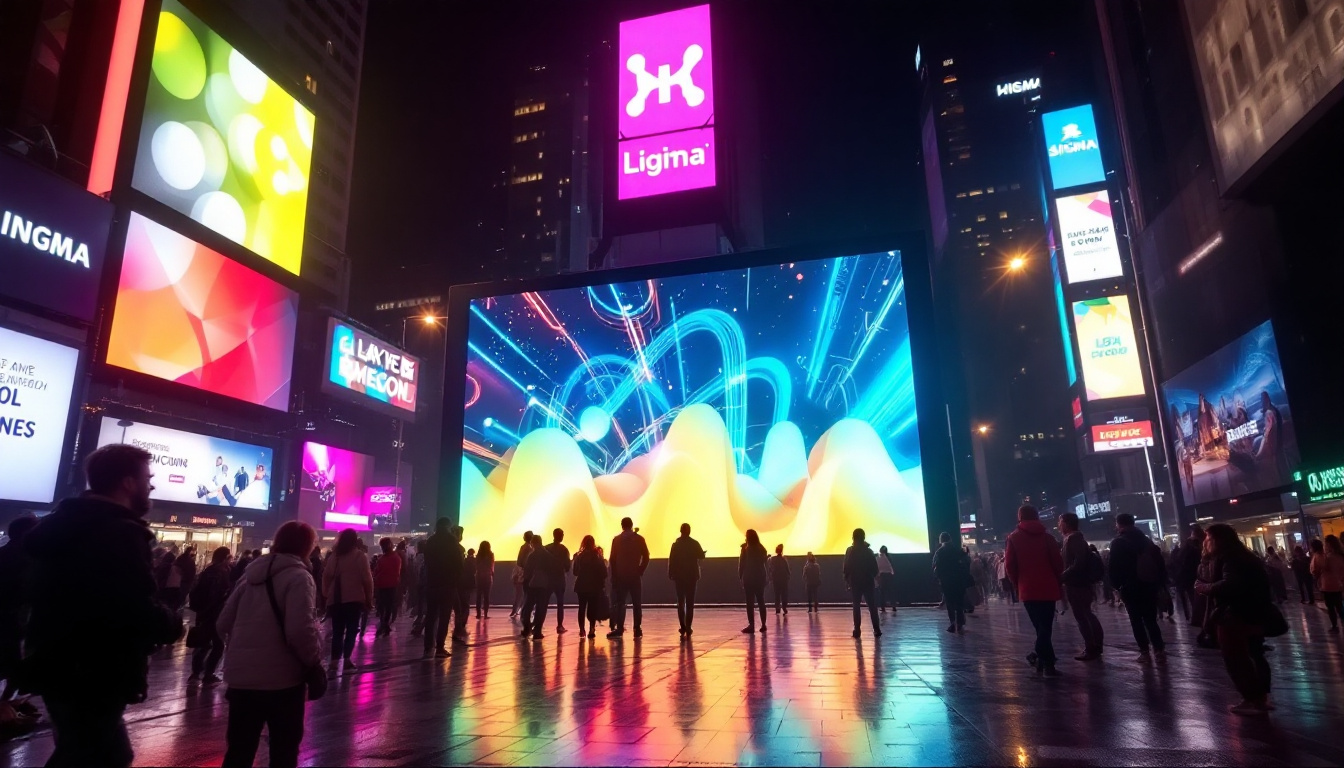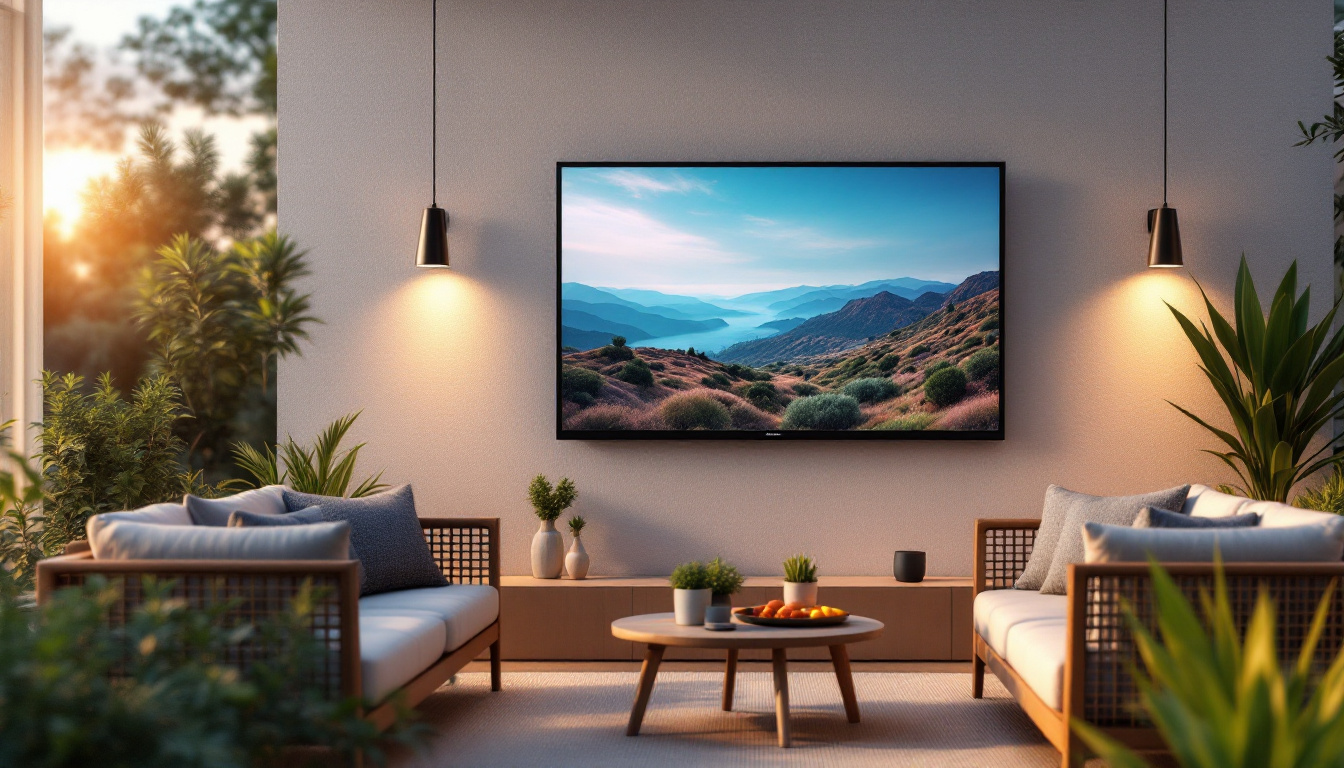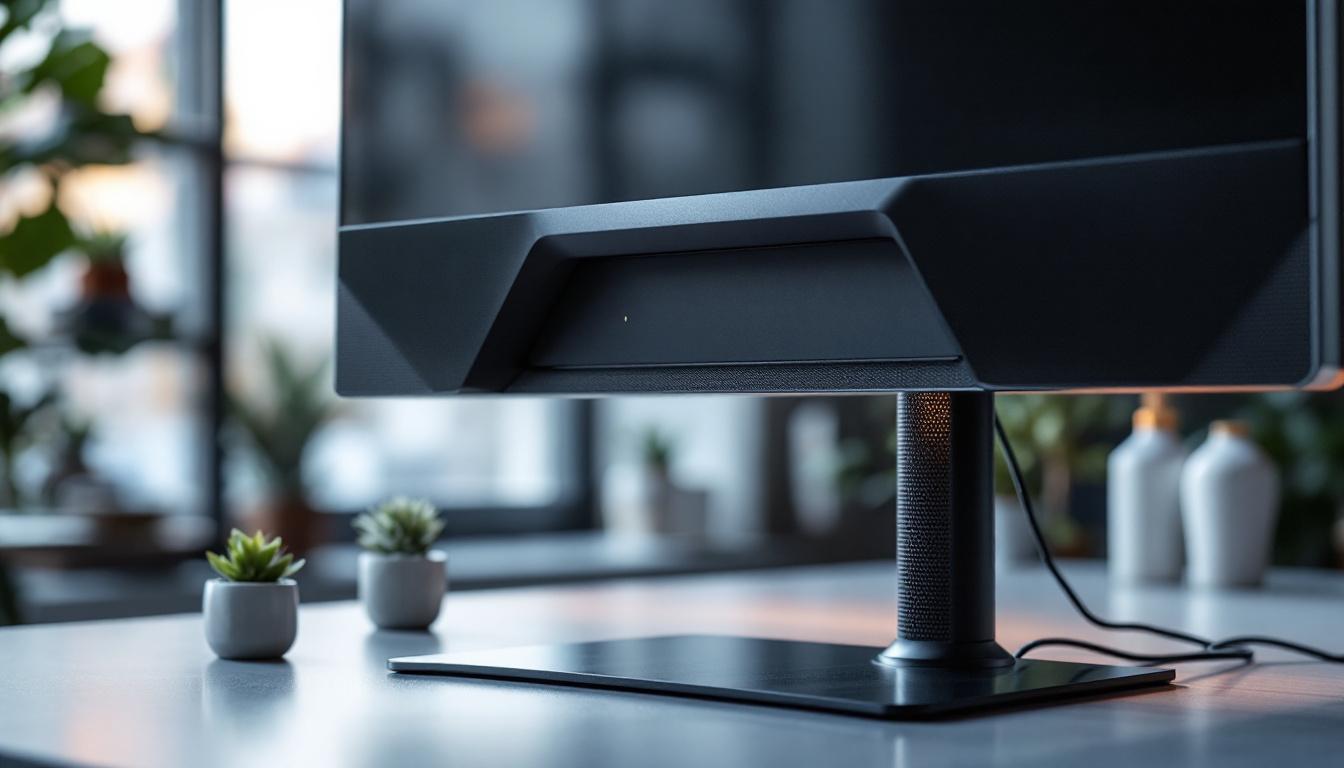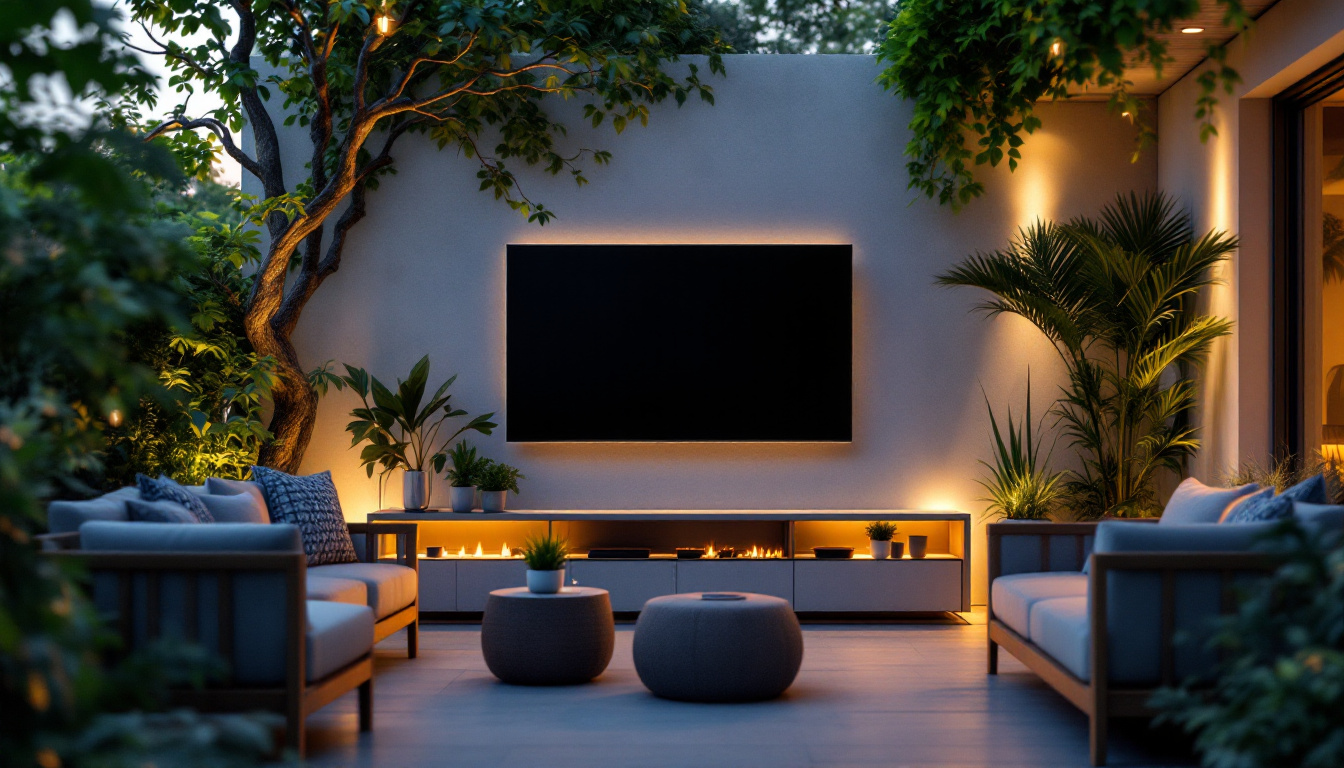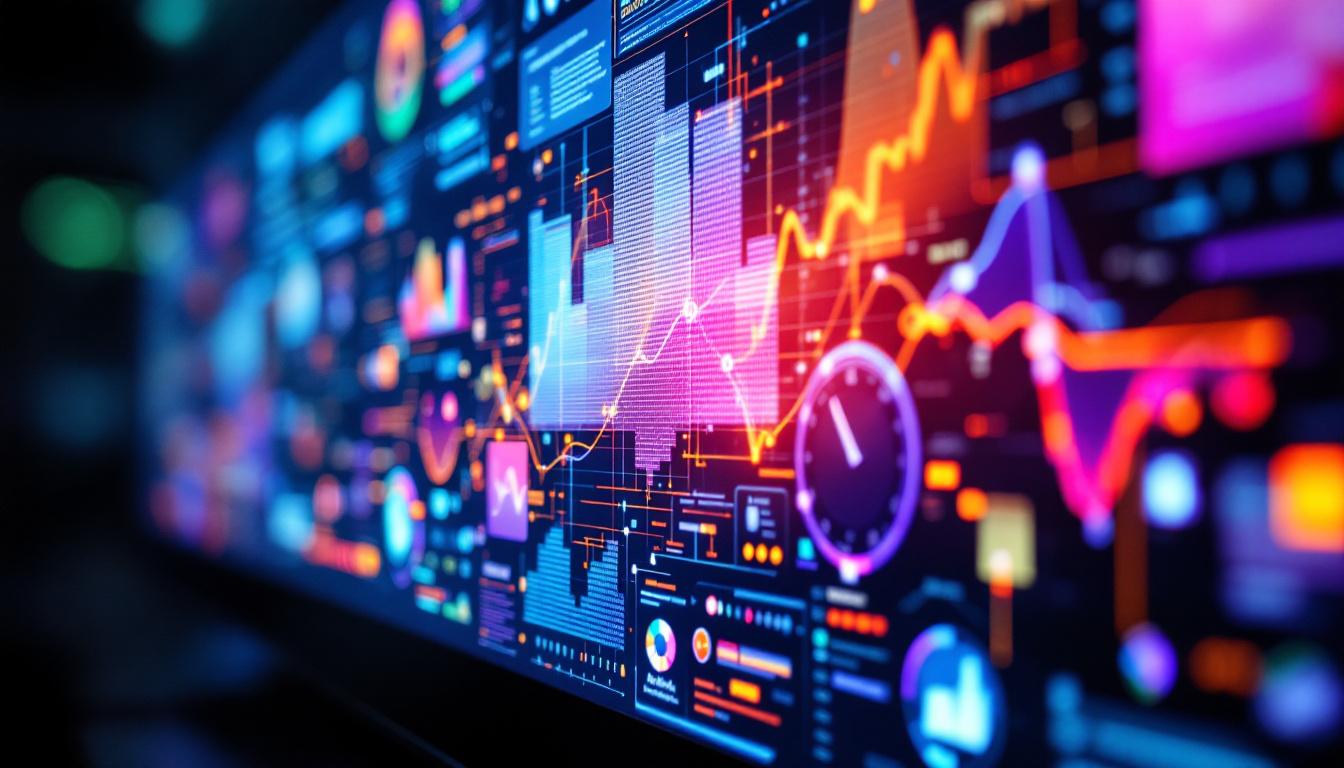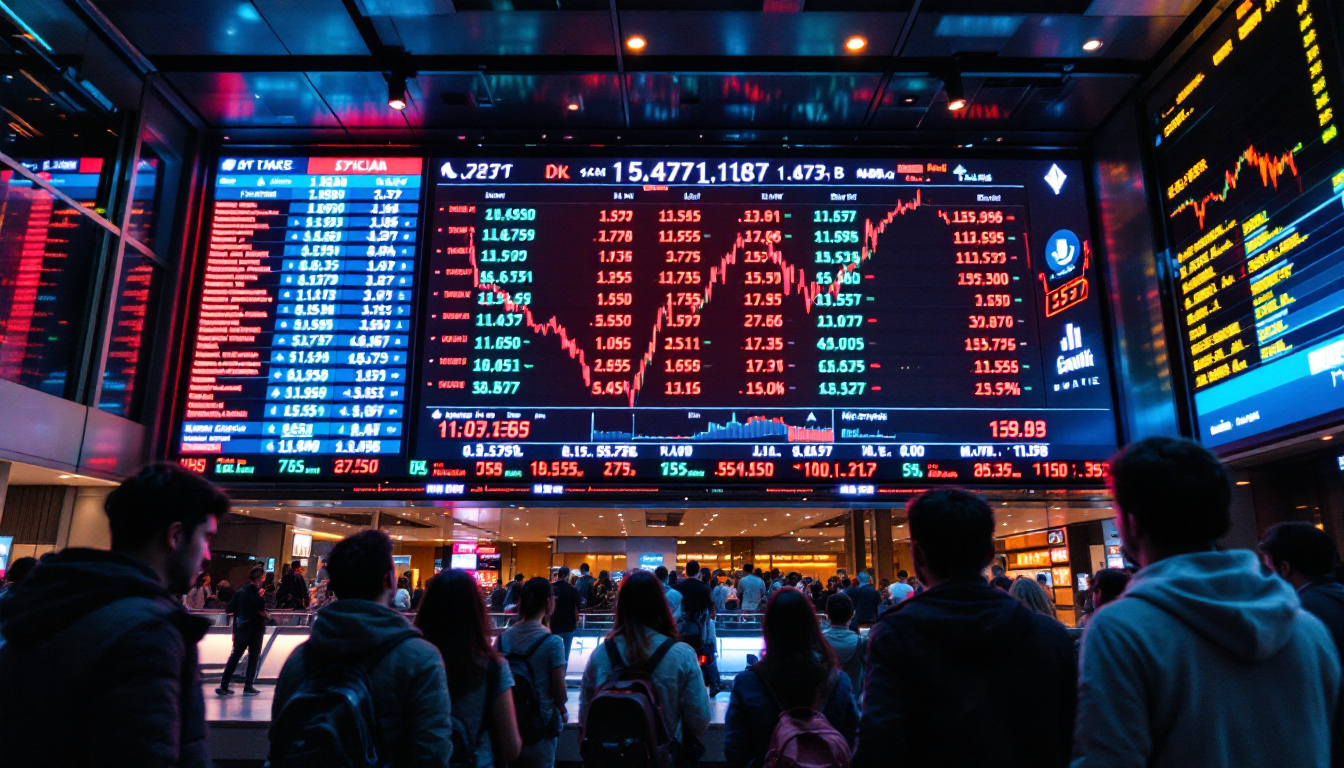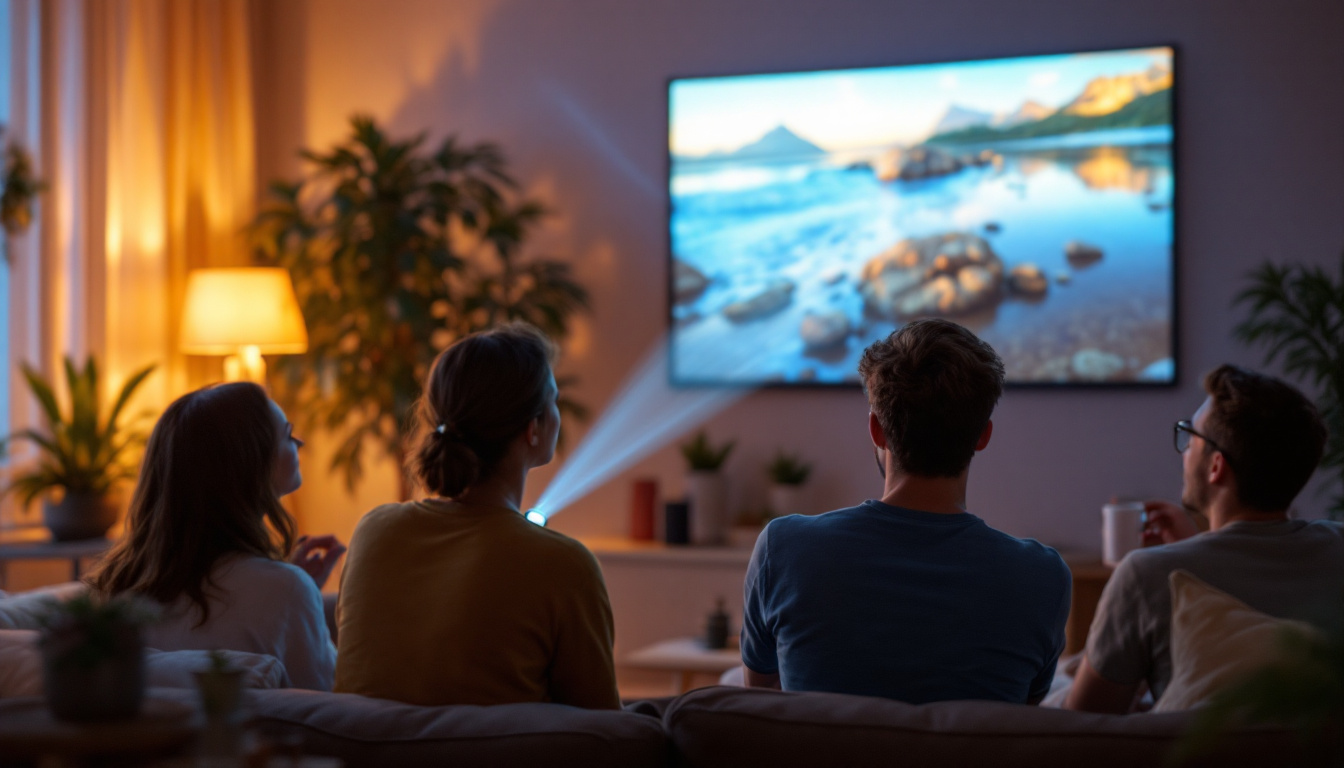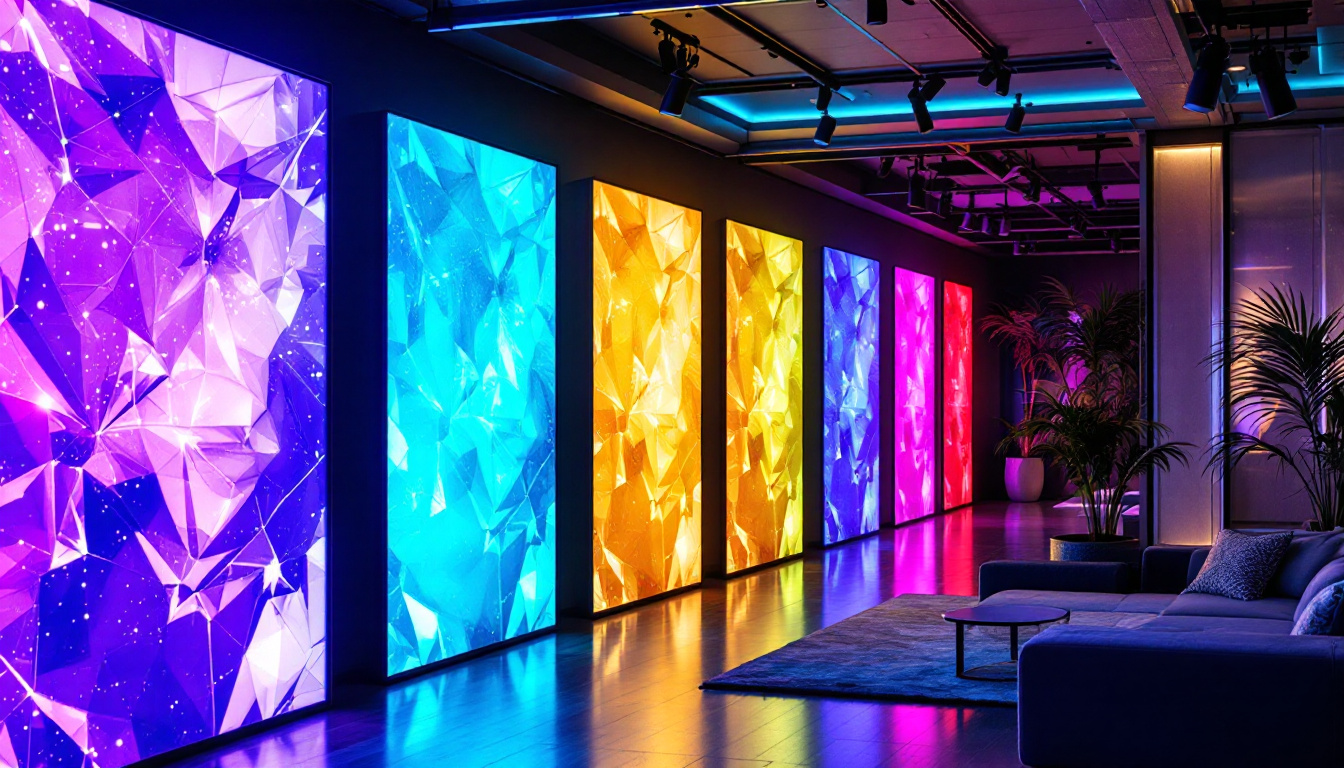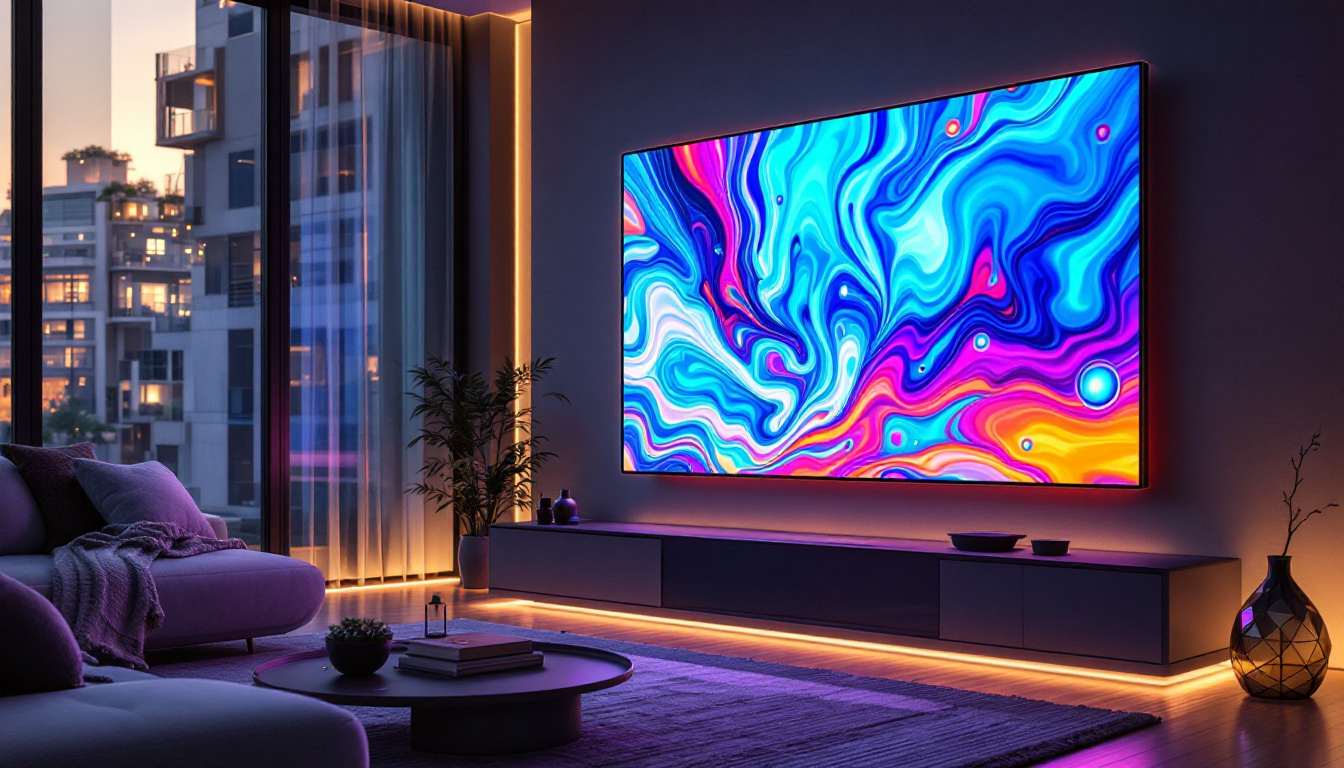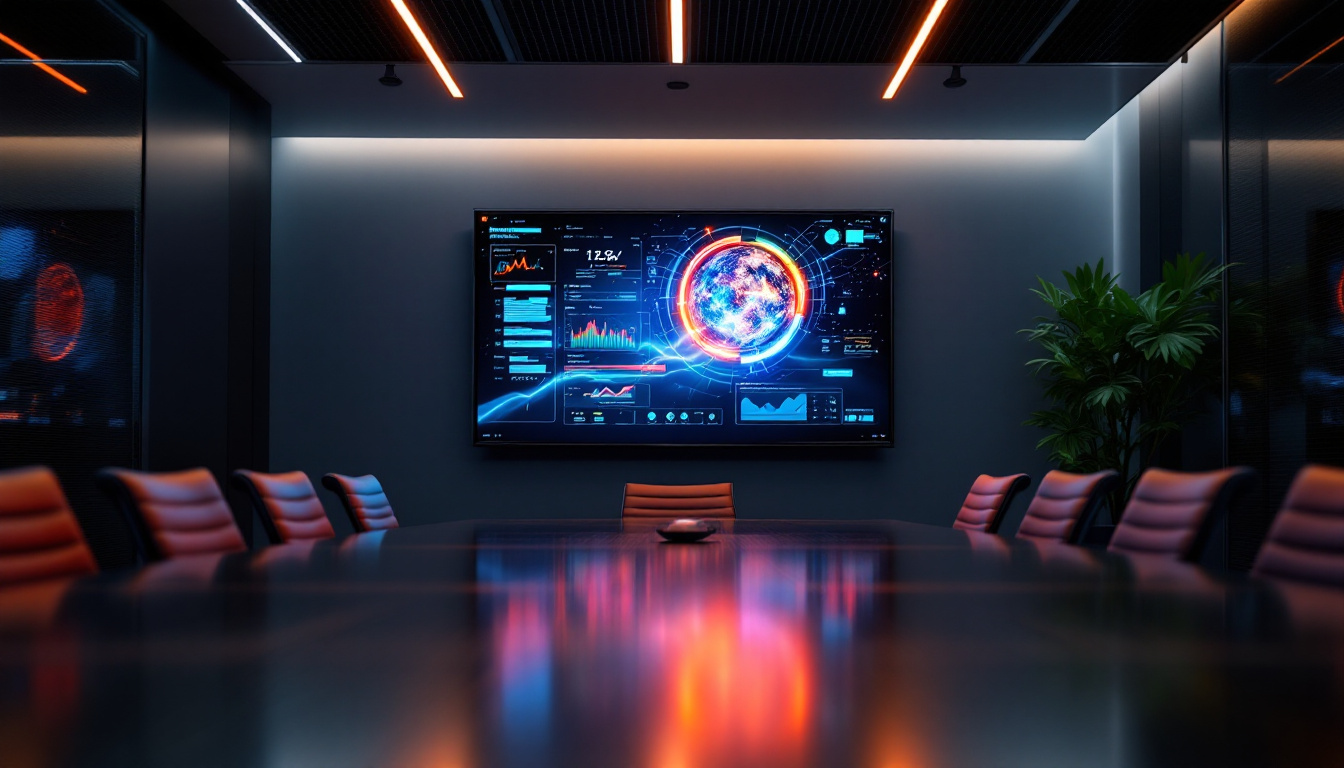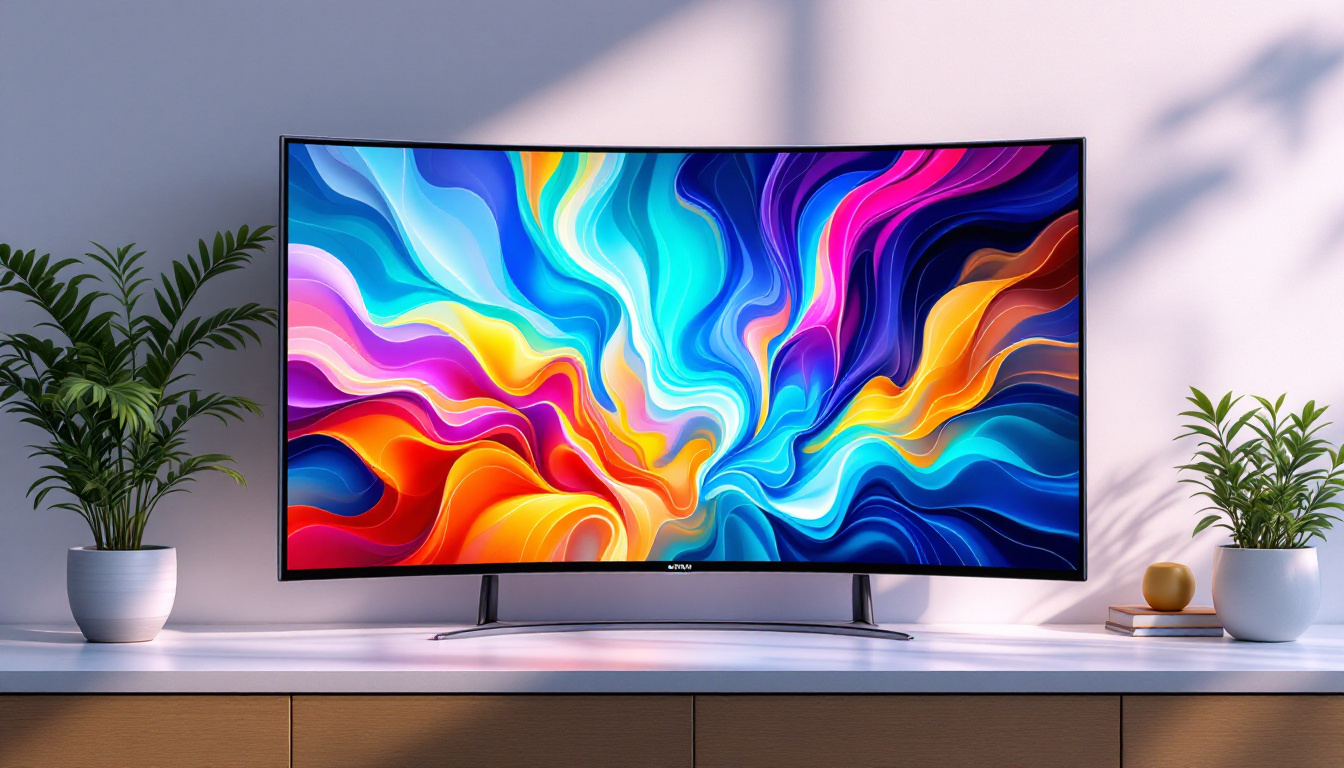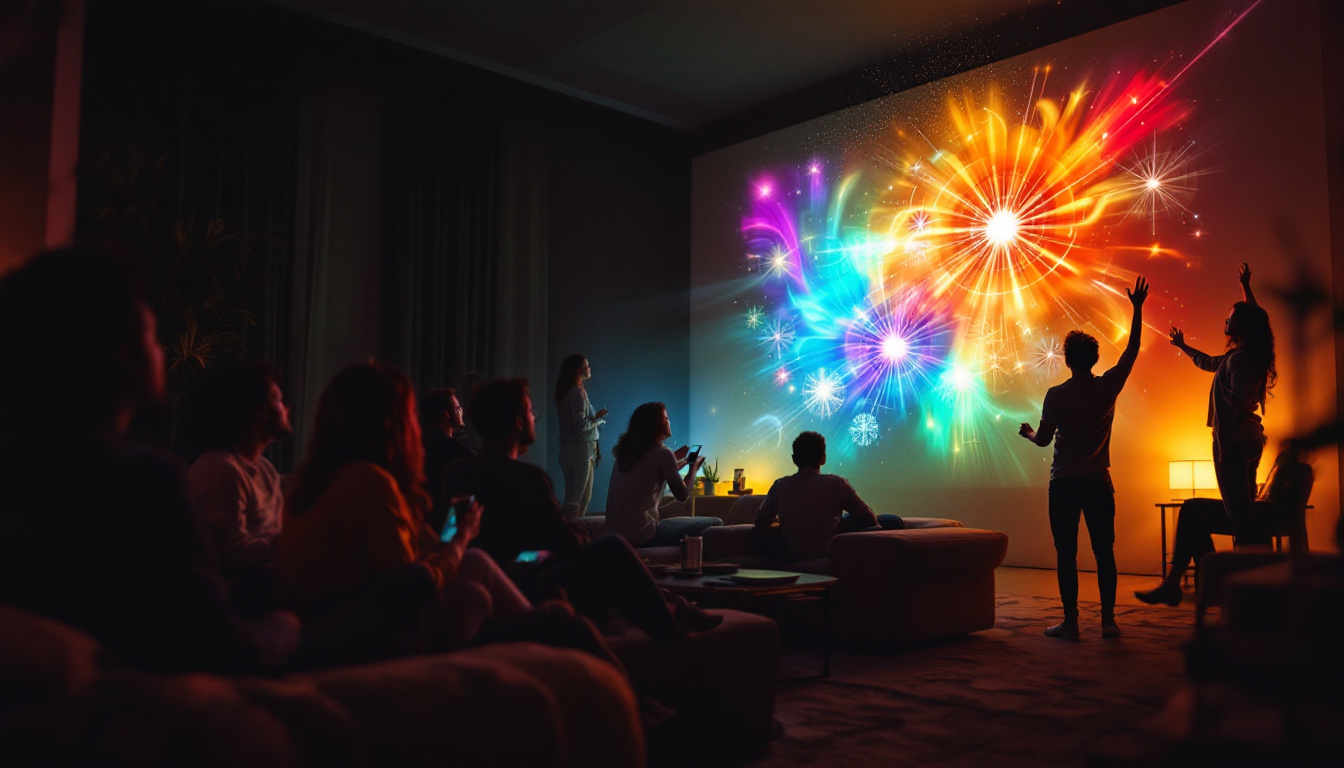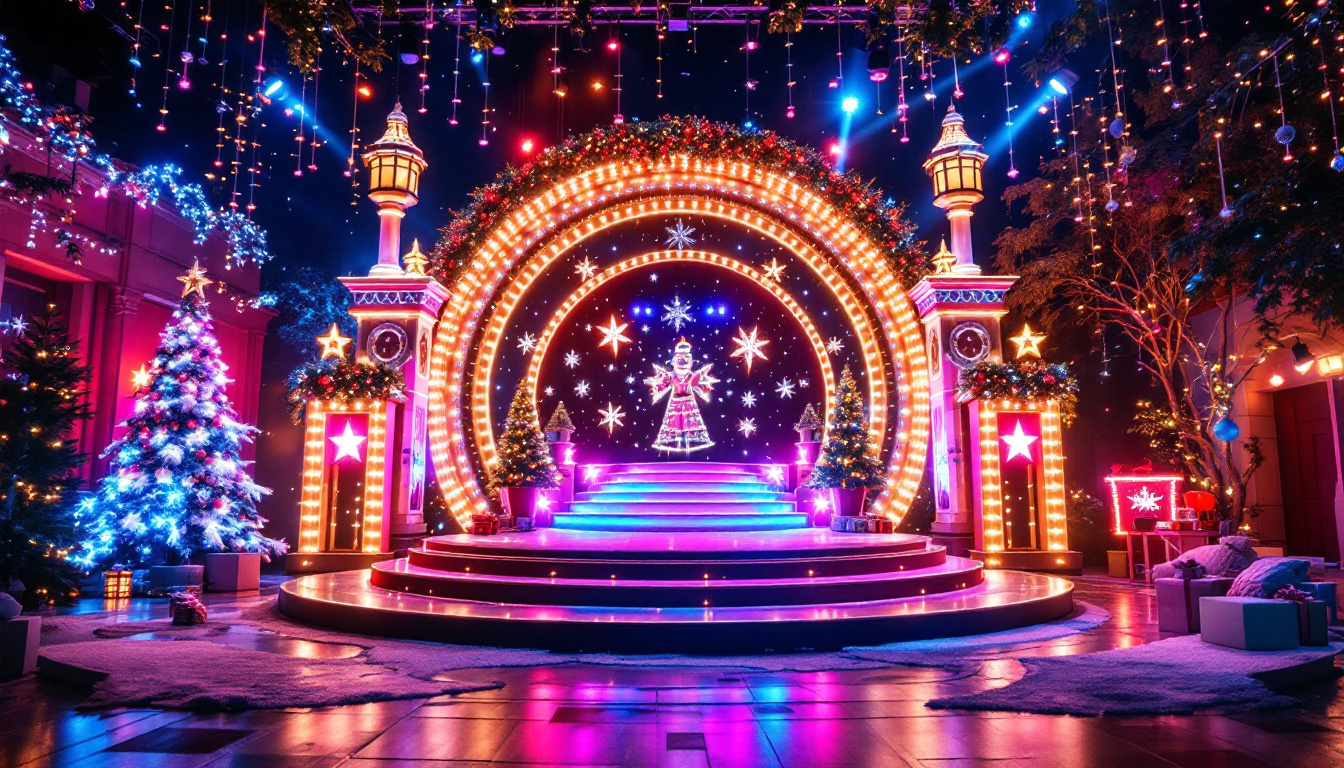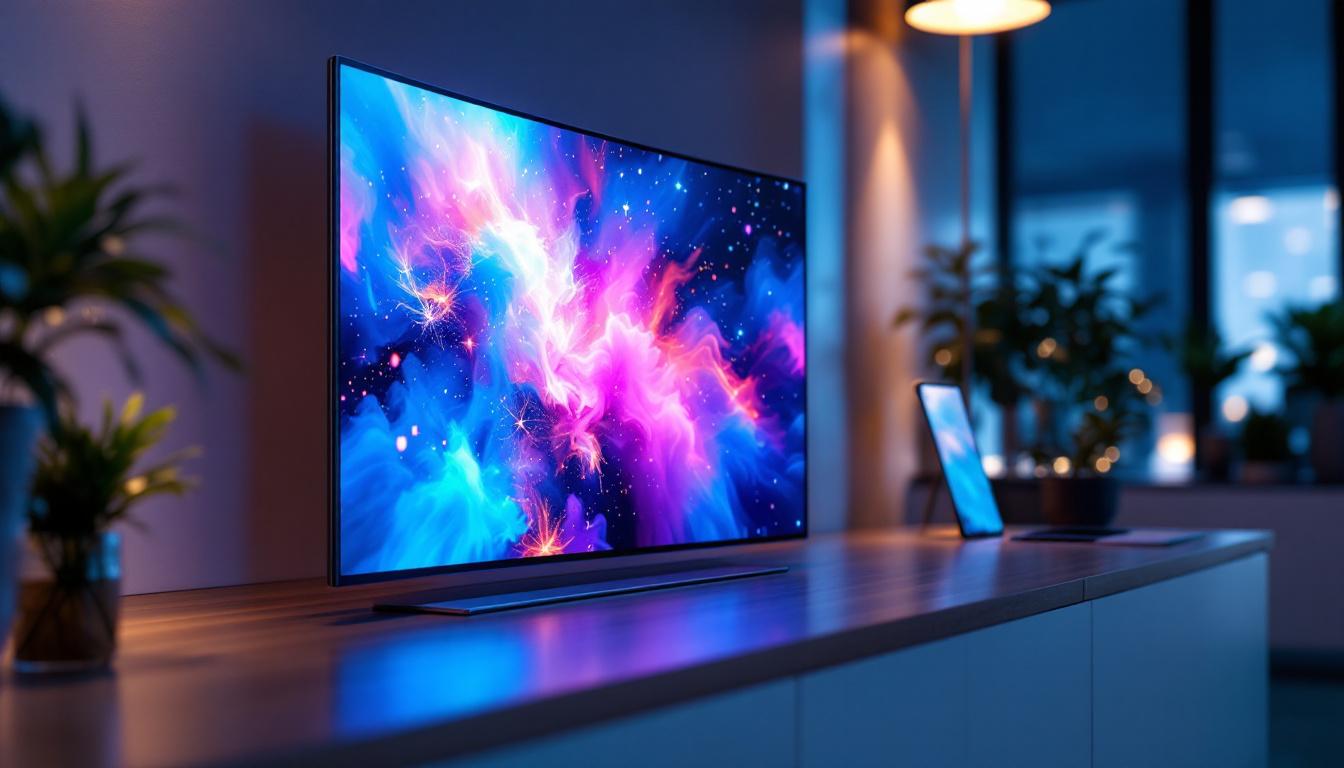In the rapidly evolving world of digital signage and display technology, flexible LED panel screens have emerged as a groundbreaking innovation. These displays combine the vibrancy and clarity of traditional LED screens with unprecedented adaptability, opening new horizons for advertising, entertainment, architecture, and more. This article delves deep into what flexible LED panel screens are, how they work, their applications, and why they are becoming a preferred choice across industries.
Understanding Flexible LED Panel Screens
At its core, a flexible LED panel screen is a type of LED display that can bend, curve, or fold without compromising image quality or functionality. Unlike conventional rigid LED screens, these panels are designed with materials and structures that allow flexibility, enabling them to conform to various shapes and surfaces.
What Makes an LED Display Flexible?
The flexibility of these panels is achieved through several technological advancements. Traditional LED displays use rigid circuit boards and glass substrates, which limit their shape and size. Flexible LED panels, however, employ thin, bendable substrates such as polyimide or flexible printed circuit boards (FPCBs). These materials can endure repeated bending and twisting.
Moreover, the LEDs themselves are mounted on tiny, independently controlled modules that maintain their performance even when the panel is curved. The integration of flexible connectors and protective coatings ensures durability and resistance to environmental factors. This innovation not only enhances the lifespan of the panels but also allows for creative applications in various environments, from retail spaces to art installations. The ability to create immersive experiences with seamless visuals is transforming how brands engage with their audiences.
Types of Flexible LED Panels
Flexible LED panels come in various forms, primarily categorized by their pixel pitch, size, and degree of flexibility. Pixel pitch—the distance between the centers of two adjacent LEDs—plays a crucial role in determining resolution and viewing distance. Panels with smaller pixel pitches offer higher resolution, suitable for close-up viewing, while larger pitches are ideal for large-scale displays viewed from afar.
Regarding flexibility, some panels can bend only slightly to form gentle curves, while others can roll or fold to fit complex shapes. This versatility allows designers to create innovative installations that were previously impossible with rigid displays. For instance, flexible LED panels can be used to wrap around columns or create dynamic, flowing shapes that enhance the aesthetic appeal of a space. Additionally, advancements in wireless technology have enabled these panels to be used in mobile applications, such as pop-up events or exhibitions, where quick setup and adaptability are essential. The potential for interactive displays is also expanding, as flexible LED panels can be integrated with sensors and touch technology to create engaging user experiences that respond to audience interactions.
How Flexible LED Panels Work
To appreciate the capabilities of flexible LED panels, it is essential to understand their working principles and components.
LED Technology Fundamentals
LED stands for Light Emitting Diode, a semiconductor device that emits light when an electric current passes through it. In LED displays, thousands or millions of these tiny diodes are arranged in a matrix to produce images and videos by varying their brightness and color.
Each LED can emit red, green, and blue light, which combine to create a full spectrum of colors through a process called additive color mixing. The intensity of each color diode is controlled digitally to render the desired image with high brightness and contrast.
Flexible Substrate and Circuitry
The key to flexibility lies in the substrate—the base material on which the LEDs and circuitry are mounted. Flexible LED panels use substrates like polyimide films or thin flexible printed circuit boards, which can bend without breaking the electrical connections.
These substrates are engineered to handle mechanical stress, ensuring that the LEDs continue to function correctly even when the panel is curved or rolled. The circuitry is designed with flexible connectors and solder joints that accommodate movement.
Modular Design for Scalability and Maintenance
Flexible LED panels are often constructed from smaller modules that can be connected seamlessly to form larger displays. This modular design not only facilitates scalability but also simplifies maintenance. If a module malfunctions, it can be replaced without dismantling the entire display.
Additionally, the modular approach allows for custom shapes and sizes, enabling creative freedom in display design.
Applications of Flexible LED Panel Screens
The unique properties of flexible LED panels have led to their adoption across various sectors, each leveraging their adaptability and visual impact.
Advertising and Marketing
Flexible LED displays have revolutionized outdoor and indoor advertising. Their ability to wrap around curved surfaces such as columns, vehicles, or architectural features allows brands to capture attention in dynamic and innovative ways. For example, major shopping malls and airports use curved LED screens to create immersive advertising experiences that engage visitors from multiple angles.
Moreover, the high brightness and vivid colors ensure visibility even in direct sunlight, making them ideal for outdoor billboards and signage.
Entertainment and Events
Concerts, festivals, and live events benefit immensely from flexible LED panels. These displays can be shaped to fit stage designs, creating visually stunning backdrops that enhance the audience’s experience. Their lightweight and portable nature also facilitate quick installation and teardown, which is crucial for touring productions.
In addition, flexible LED screens are used in immersive art installations and interactive exhibits, where their ability to conform to unusual shapes adds a new dimension to creative expression.
Architectural Integration
Architects and designers are increasingly incorporating flexible LED panels into building facades, interior walls, and ceilings. These displays can blend seamlessly with architectural elements, providing dynamic lighting, information displays, or aesthetic enhancements.
For instance, a curved LED wall in a hotel lobby can display ambient visuals or promotional content, while an LED ceiling installation can create immersive lighting effects that transform the space.
Transportation and Automotive
Flexible LED screens are making their way into transportation, from advertising on buses and trains to dynamic information displays in stations and airports. Their ability to conform to the curved surfaces of vehicles enables innovative branding and communication solutions.
In automotive design, flexible LED technology is being explored for customizable interior and exterior lighting, enhancing both aesthetics and safety.
Advantages of Flexible LED Panel Screens
Choosing flexible LED panels over traditional rigid displays offers several compelling benefits, making them a smart investment for many applications.
Design Freedom and Versatility
Perhaps the most significant advantage is the freedom to design displays that fit any shape or surface. This versatility allows for creative installations that stand out and engage audiences more effectively than flat screens.
Lightweight and Thin Profile
Flexible LED panels are generally lighter and thinner than rigid displays, simplifying installation and reducing structural load. This is particularly important for large-scale installations or when mounting on delicate surfaces.
Durability and Reliability
Despite their flexibility, these panels are engineered for durability. Many are rated for outdoor use, with resistance to moisture, dust, and temperature variations. Their modular design also enhances reliability by allowing easy maintenance and part replacement.
Energy Efficiency
LED technology is inherently energy-efficient compared to other display technologies like LCD or projection. Flexible LED panels maintain this efficiency, providing bright, vivid images with lower power consumption, which is beneficial for both cost savings and environmental impact.
Challenges and Considerations
While flexible LED panels offer many advantages, there are some challenges and factors to consider before implementation.
Cost Implications
Flexible LED technology is generally more expensive than traditional rigid LED displays, primarily due to the specialized materials and manufacturing processes involved. However, as the technology matures and demand grows, prices are expected to become more competitive.
Installation Expertise
Installing flexible LED panels requires specialized knowledge to ensure proper handling, bending within specified limits, and secure mounting. Incorrect installation can lead to damage or reduced lifespan, so working with experienced professionals is essential.
Resolution and Pixel Pitch Trade-offs
While flexible LED panels can achieve high resolutions, there is often a trade-off between flexibility and pixel density. Extremely flexible panels may have larger pixel pitches, which can affect image sharpness at close viewing distances. Selecting the right panel depends on the specific application and viewing environment.
Future Trends in Flexible LED Display Technology
The future of flexible LED panels looks promising, with ongoing research and development pushing the boundaries of what these displays can achieve.
MicroLED and MiniLED Integration
Emerging technologies like MicroLED and MiniLED promise even higher resolution, brightness, and energy efficiency. Integrating these with flexible substrates could produce displays that are not only bendable but also deliver exceptional visual performance.
Wearable and Portable Displays
As flexibility improves, LED displays are becoming suitable for wearable devices and portable applications. Imagine clothing with embedded flexible LED screens or foldable smartphones with vibrant, durable displays.
Smart and Interactive Surfaces
Flexible LED panels are expected to play a significant role in smart environments, where walls, furniture, and other surfaces become interactive displays. Combining LED technology with sensors and IoT connectivity will enable dynamic, context-aware visual communication.
Conclusion
Flexible LED panel screens represent a significant leap forward in display technology, merging the vividness of LEDs with the adaptability needed for modern design and communication challenges. Their ability to conform to diverse shapes, combined with high brightness, energy efficiency, and durability, makes them ideal for a wide range of applications from advertising and entertainment to architecture and transportation.
While there are considerations regarding cost and installation, the benefits and future potential of flexible LED panels make them a compelling choice for businesses and creatives looking to make a lasting visual impact. As technology advances, these displays will continue to transform how information and art are presented in the digital age.
Discover Cutting-Edge LED Displays with LumenMatrix
Ready to elevate your visual communication and create experiences that resonate with your audience? LumenMatrix is at the forefront of LED display innovation, offering a wide array of solutions tailored to your unique needs. From immersive Indoor and Outdoor LED Wall Displays to dynamic Vehicle and Sports LED Displays, our technology is designed to captivate and engage. Explore our versatile range, including LED Poster Displays, Floor LED Displays, Custom LED Displays, All-in-One LED Displays, and LED Transparent Displays. Embrace the future of digital signage with LumenMatrix and make a powerful statement. Check out LumenMatrix LED Display Solutions today and transform your space into a visual masterpiece.

